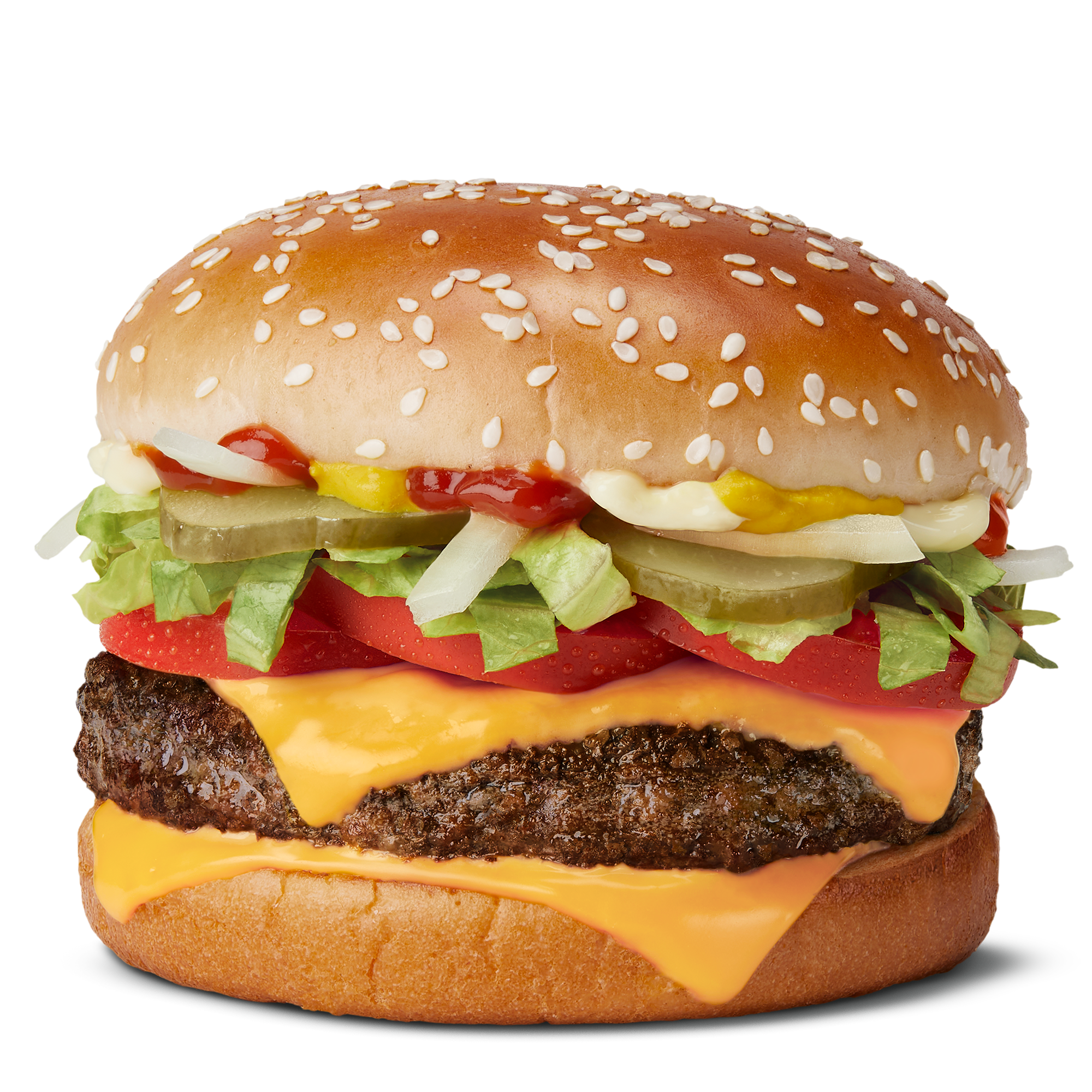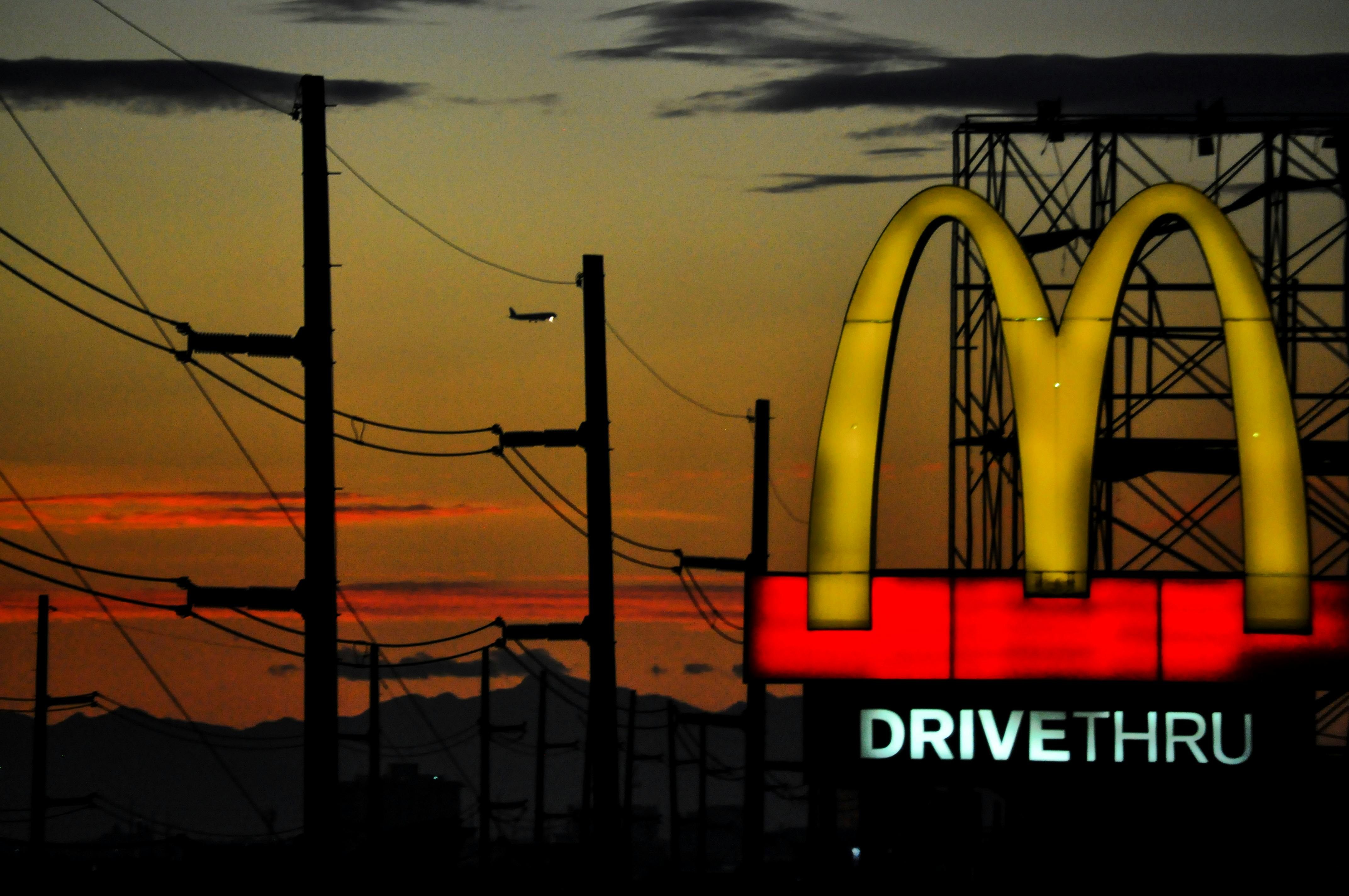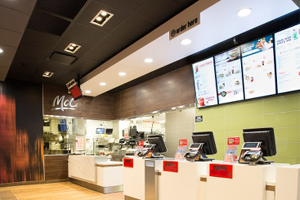Understanding the Impact of E. coli Outbreaks on the Food Industry
Explore the history and implications of E. coli outbreaks in the food industry, focusing on recent cases like McDonald's.


Historical Impact of E. coli O157:H7 Outbreaks
E. coli O157:H7, a strain notorious for foodborne illnesses, has plagued the foodservice sector for decades. One of the most notable outbreaks occurred in 1992-93, affecting 732 individuals across four states in the U.S. This outbreak was linked to Jack in the Box restaurants across California, Idaho, Nevada, and Washington, resulting in four fatalities and leaving 178 others with permanent injuries.

Recent Cases in the Food Industry
The food industry continues to grapple with E. coli infections, as seen in various incidents involving major brands. For instance, in 2020, Chipotle Mexican Grill Inc. faced criminal charges and a hefty fine due to food adulteration that led to over 1,100 illnesses, some related to E. coli. Similarly, Taco Bell had to remove green onions from its outlets in 2006 after an E. coli outbreak affected numerous customers, causing severe health complications.
Current Situation with McDonald's and Other Brands
The recent E. coli outbreak associated with McDonald's has prompted actions such as the temporary halt in using certain ingredients in multiple states. Other brands like KFC, Pizza Hut, Taco Bell, and Burger King have also pulled onions from their menus to address potential contamination risks. The Centers for Disease Control and Prevention (CDC) reported a significant number of individuals impacted by the outbreak strain, emphasizing the broader scope of the issue beyond the known cases.

Expert Insights on E. coli Prevention
Food safety expert Bill Marler highlighted the progress made in preventing E. coli outbreaks, particularly related to ground beef. Improved interventions during slaughter and stricter regulations, including considering E. coli O157:H7 as an adulterant, have enhanced safety measures. However, the prevalence of E. coli in various foods beyond beef poses ongoing challenges, necessitating continuous vigilance across the food industry.

Implications and Symptoms of E. coli Infection
The CDC's response to the McDonald's incident underscores the seriousness of E. coli contamination. Symptoms of E. coli O157:H7 infection include severe stomach cramps, bloody diarrhea, and vomiting, typically appearing days after exposure. While many recover without medical intervention, cases can develop into hemolytic uremic syndrome (HUS), requiring hospitalization. Understanding these symptoms is crucial for prompt action and containment of outbreaks.